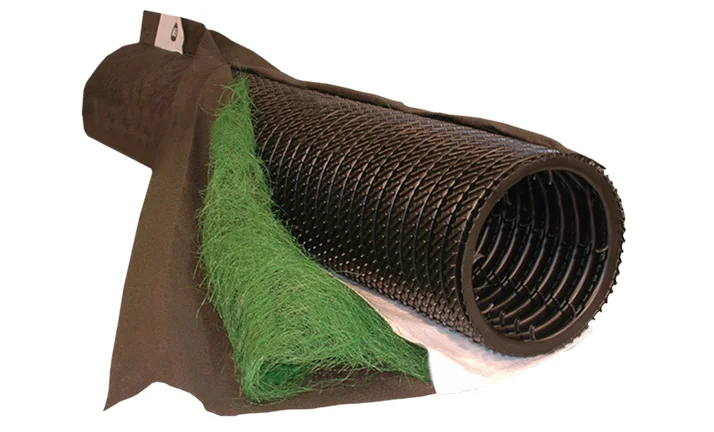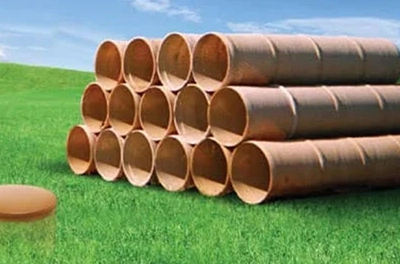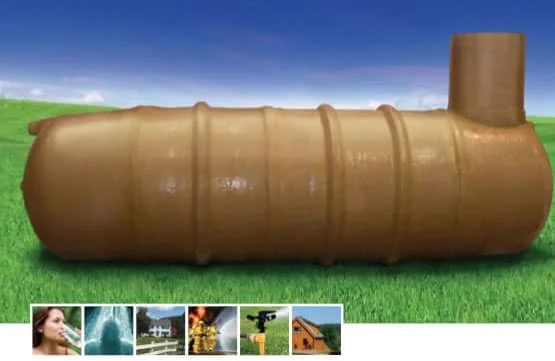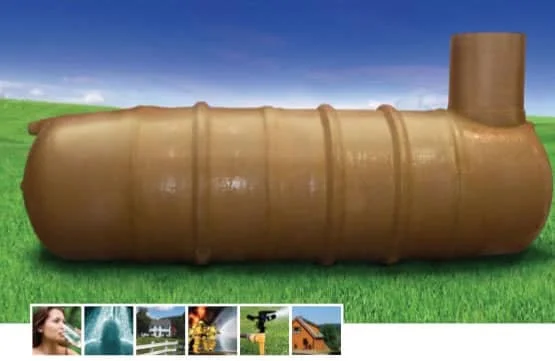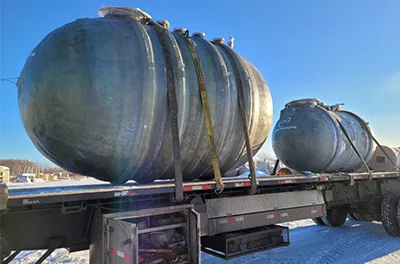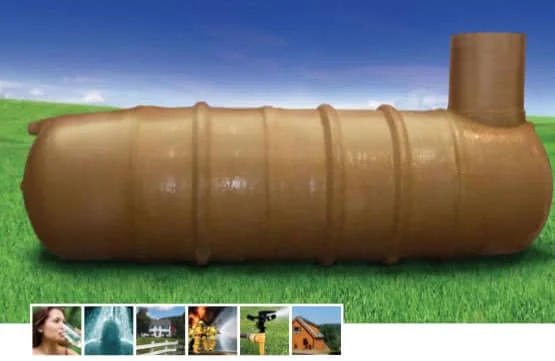Wastewater Treatment in Canada
Wastewater is water that has been used and contains various substances such as human waste, food particles, oils, soaps, and chemicals. In households, this encompasses water from sinks, showers, bathtubs, toilets, washing machines, and dishwashers. Businesses and industries also need wastewater treatment.
What is Wastewater, And Why Treat It?
Most of the water used by homes, industries, and businesses must be treated before being released back into the environment.
If “wastewater treatment” sounds confusing, think of it as “sewage treatment”. Nature can handle a small amount of waste and pollution, but it would be overwhelmed if special services and facilities did not treat the billions of gallons of sewage and sewage produced every day before releasing it back into the environment. Wastewater treatment plants reduce pollutants in wastewater to a level nature can manage.
Wastewater also includes storm runoff. While some might think rainwater running down streets during a storm is clean, it often contains harmful substances from roads, parking lots, and rooftops that can damage rivers and lakes.
Why Treat Wastewater?
Caring for our environment and our health is crucial, and there are many compelling reasons to prioritize clean water:
- Fisheries. Clean water is essential for the plants and animals living in aquatic environments. This is vital for the fishing industry, sport fishing enthusiasts, and future generations.
- Wildlife habitats. Rivers, oceans, and shorelines are rich with life that relies on these environments. They provide critical habitats for hundreds of species of fish and other aquatic life, and migratory water birds use these areas for resting and feeding.
- Recreation and quality of life. Water offers numerous recreational opportunities. The scenic and recreational value of clean water attracts many people to live near it. Activities such as swimming, fishing, boating, and picnicking draw visitors to water bodies.
- Health concerns. Water that is not properly cleaned can carry diseases. Since we live, work, and play close to water, it is essential to remove harmful bacteria to ensure water safety.
Investing in and maintaining wastewater treatment plants in Canada (Saskatchewan, Alberta, or Manitoba) is a critical component of sustainable water management and environmental stewardship.
Utilization of Wastewater Treatment Plant for Wastewater Treatment
The efficient utilization of wastewater treatment plants is essential for managing the ever-increasing volumes of wastewater generated by urbanization and industrial activities. These plants play a critical role in protecting public health and the environment by treating wastewater to remove harmful pollutants before the water is discharged into natural water bodies or reused for various purposes.
The Process of Wastewater Treatment
- Preliminary treatment. This initial stage involves the removal of large debris and solids through screening and grit removal. This step is crucial to protect downstream equipment from damage and ensure the efficiency of subsequent treatment processes.
- Primary treatment. In this phase, the wastewater is allowed to settle in large tanks, where heavier solids sink to the bottom and lighter materials float to the surface. The settled solids, known as sludge, are removed for further treatment.
- Secondary treatment. This biological treatment process uses microorganisms to break down organic matter in the wastewater. Common methods include activated sludge systems, trickling filters, and biofilm reactors. The treated water is then separated from the microbial biomass.
- Tertiary treatment. For wastewater requiring a higher level of purification, tertiary treatment is employed. This may involve advanced filtration, chemical treatment, and disinfection processes such as chlorination or ultraviolet (UV) radiation to remove remaining contaminants and pathogens.
- Sludge treatment. The sludge collected during primary and secondary treatments undergoes stabilization processes like anaerobic digestion or composting. The stabilized sludge can be used as a soil conditioner or safely disposed of.
Wastewater treatment plants from the manufacturer will quickly and qualitatively fulfill the set tasks.
Benefits of Wastewater Treatment Plants
- Environmental protection. By removing harmful pollutants, wastewater treatment plants prevent contamination of rivers, lakes, and oceans, protecting aquatic ecosystems and biodiversity.
- Public health. Effective treatment of wastewater reduces the spread of waterborne diseases and ensures that communities have access to safe water for drinking, recreation, and agriculture.
- Resource recovery. Modern wastewater treatment plants are designed not only to treat wastewater but also to recover valuable resources such as biogas, which can be used for energy production, and treated water, which can be reused for irrigation, industrial processes, and even potable water supply in some cases.
- Sustainable development. By integrating wastewater treatment with resource recovery and reuse, wastewater treatment plants contribute to sustainable urban development and help cities manage their water resources more efficiently.
Wastewater treatment plants manufactured by FRP Mocoat Fiberglass Ltd exemplify innovation and efficiency in the field of wastewater management. These state-of-the-art systems leverage advanced fiberglass technology to provide durable, reliable, and low-maintenance solutions for treating wastewater.
By offering robust and environmentally friendly treatment options, FRP Mocoat helps communities and industries effectively manage wastewater, protect natural resources, and promote sustainable practices.
Our commitment to quality and excellence ensures that our wastewater treatment plants meet the highest standards, contributing to water purification and environmental health. You can order products by calling at (306) 329-4884.

